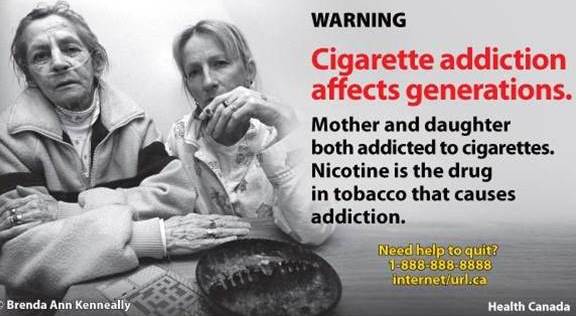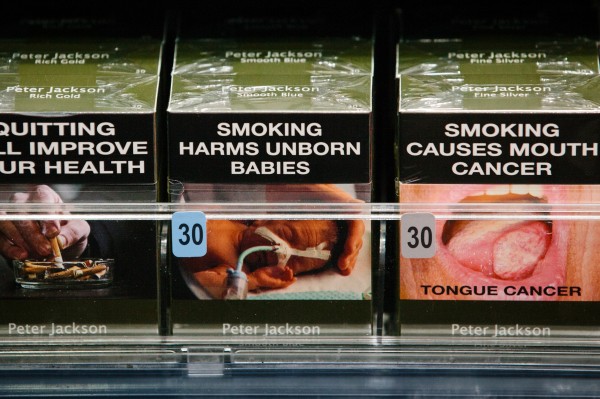The nicotine market is rapidly evolving as ‘traditional’ cigarettes continue to decline and the range of non-combusted products diversifies. Is the rise of e-cigarettes, heated tobacco, and oral nicotine products helping to accelerate the decline in smoking or helping to sustain the nicotine market by capturing the next generation of young people?
ITC Youth Tobacco and Vaping Survey
How are patterns of tobacco use and vaping changing among youth? Do the trends differ between countries with different regulations on marketing and product standards?
Health warnings research
More than 100 countries require large pictorial health warnings on cigarette packages. In many countries, tobacco companies continue to issue legal challenges to larger, picture based warnings.
Tobacco & vaping flavours
A growing number of countries have implemented policies restricting flavours in tobacco and vaping products. How do flavour restrictions influence youth initiation and patterns of use among consumers?
Vaping retail market in Canada
How is the design and availability of vaping products changing over time? How is the industry changing is vaping products in response to restrictions on flavours, nicotine levels, and other product standards?
Tobacco product science
How are tobacco products designed and what are the implications for regulations to reduce their harm? Is there such a thing as "less harmful" cigarettes?
Standardized or "plain" packaging policies
The World Health Organization's Framework Convention on Tobacco control recommends that countries prohibit logos and branding on tobacco packages. In 2013, Australia became the first country to implement "plain" or standardized packaging regulation. Read about our contributions to the evidence base.
Tobacco Use in Canada Report
What are the major trends in smoking and vaping in Canada over time?








